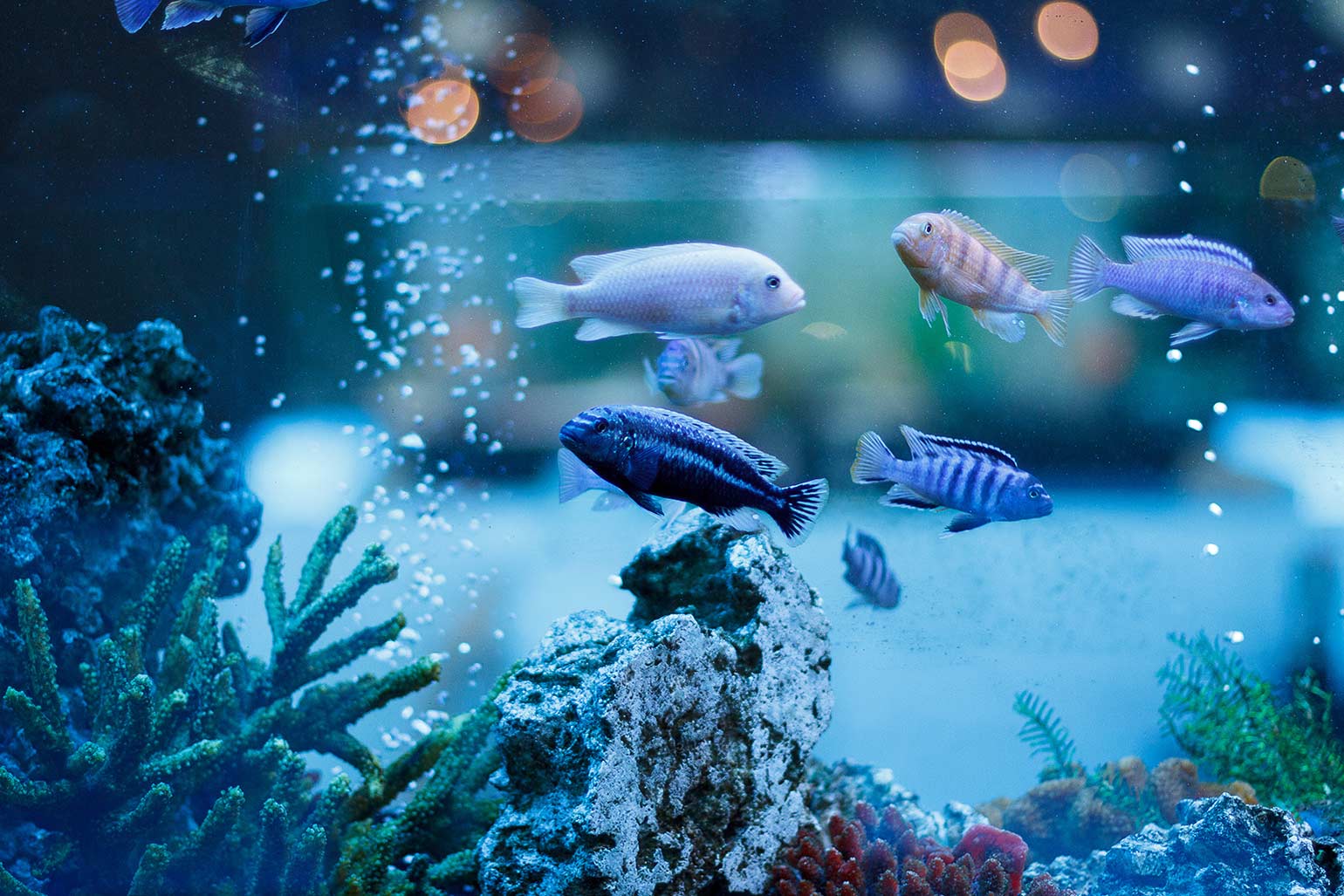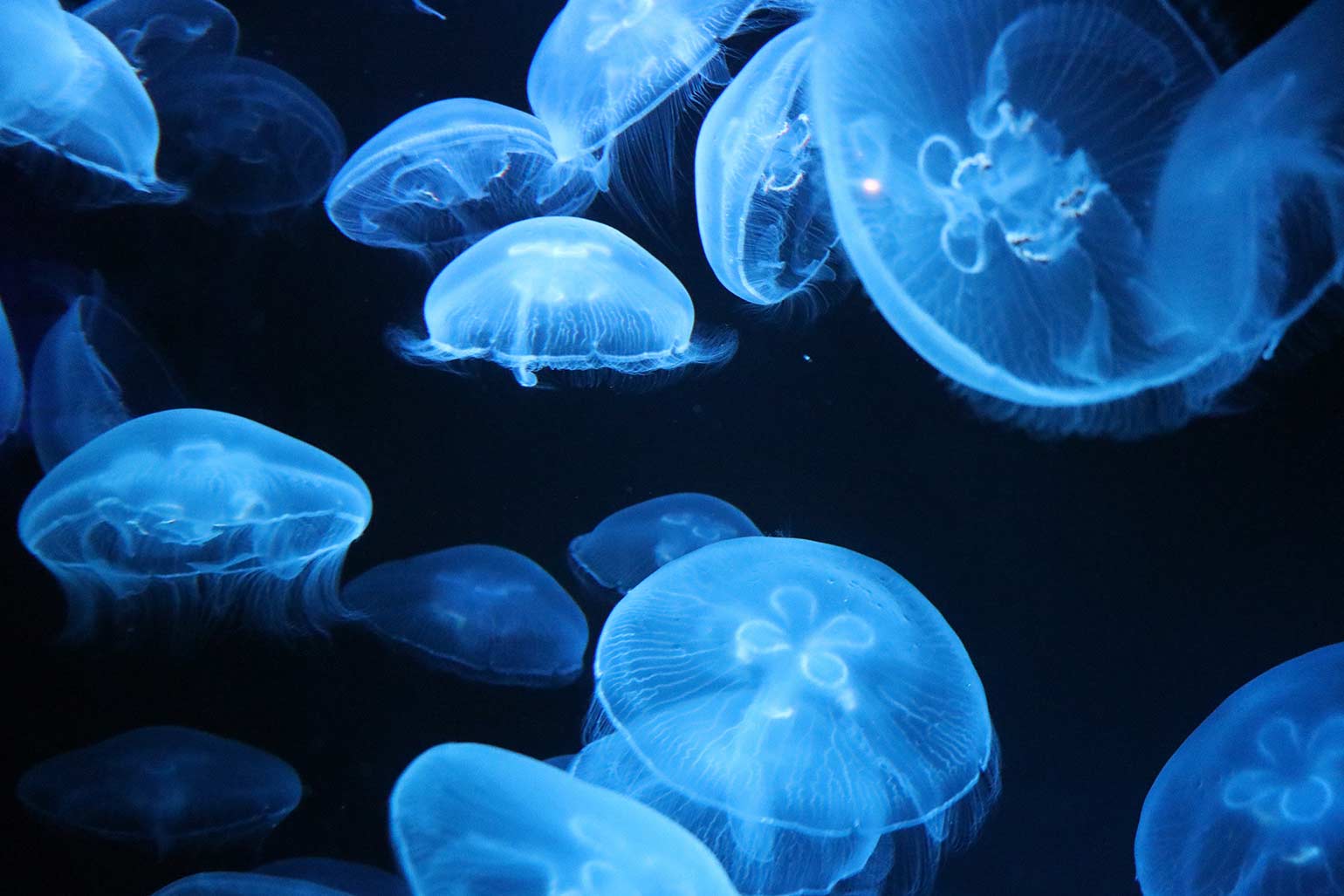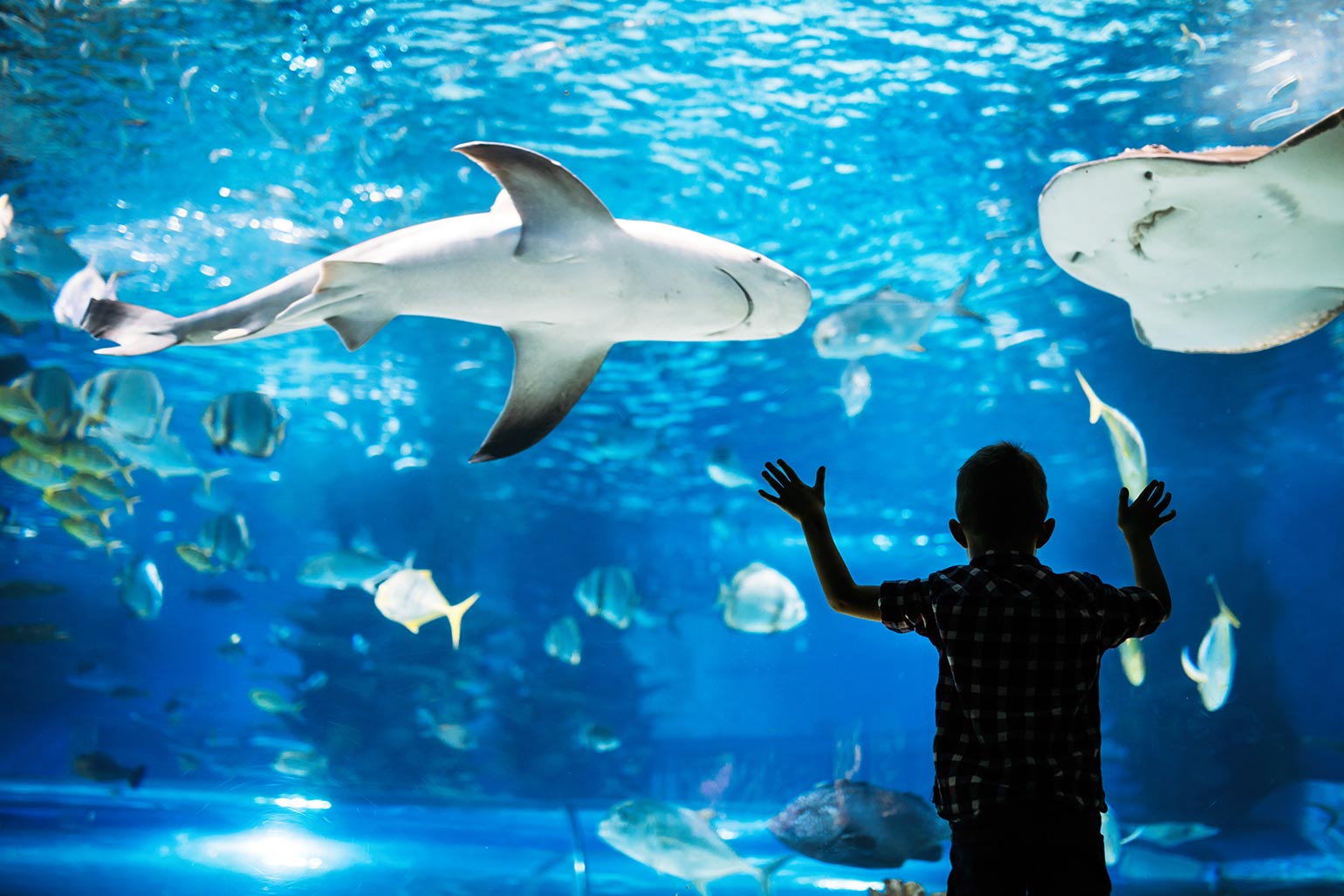As well as planetariums, aquariums are popular among Japanese as “healing (or relief, relaxing)” spots. As of 2024, there are about 130 aquarium facilities, large and small, running in Japan. The sheer number of these facilities is said to be one of the largest in the world. Compared to the peak years of the high economic growth period and the bubble economy, it seems that the number has decreased, but it is still a significant number, you may think. The first aquariums appeared in Japan in the middle of the Meiji Era. Aquariums of various sizes were subsequently built throughout the country, not limited to large urban areas. One of the aquariums in Japan that are still running today have been in operation for more than 100 years. There is a reason why there are so many aquariums in Japan. This is because, after all, this is an island nation surrounded by the sea on all sides. Since the modern era, many facilities for managing and surveying marine products have been established throughout the country, especially in port towns. It seems that some of the breeding aquaria, observation aquaria, and other facilities at these marine experiment stations eventually came to be operated as aquariums. Therefore, many aquarium facilities in Japan are not that large. On the other hand, however, they are also known to be very advanced in terms of the size of their indoor aquarium installations and the quality of their viewing environment. When you actually see the overwhelming size and clarity of the aquarium exhibit, you may feel a sense of the extraordinary. We hope you will experience it for yourself.


In recent years, aquariums or zoos have changed considerably, and not only in Japan. From the viewpoint of animal welfare / protection, etc., the maintenance of a good breeding environment has become even more strictly required, hasn’t it? The influence of these changes has been quite significant, and many of the creatures we used to see in aquariums and zoos when we were growing up are now difficult to see. While this is desirable, it is still a bit disappointing. Therefore, we sincerely hope that we should give children, in particular, the opportunity to observe the ecology of living things up close and personal. We are very grateful to all those who support aquariums or zoos by making daily efforts for these purposes. Therefore, please visit Japanese aquariums and zoos.




_op.png)
_001.png)
_002.png)
_003.png)
_004.png)
_005.png)
_006.png)
_007.png)
_008.png)
